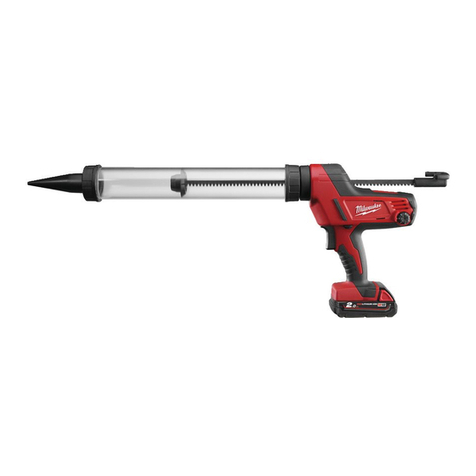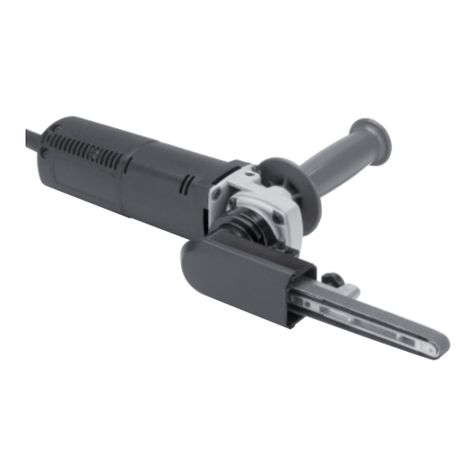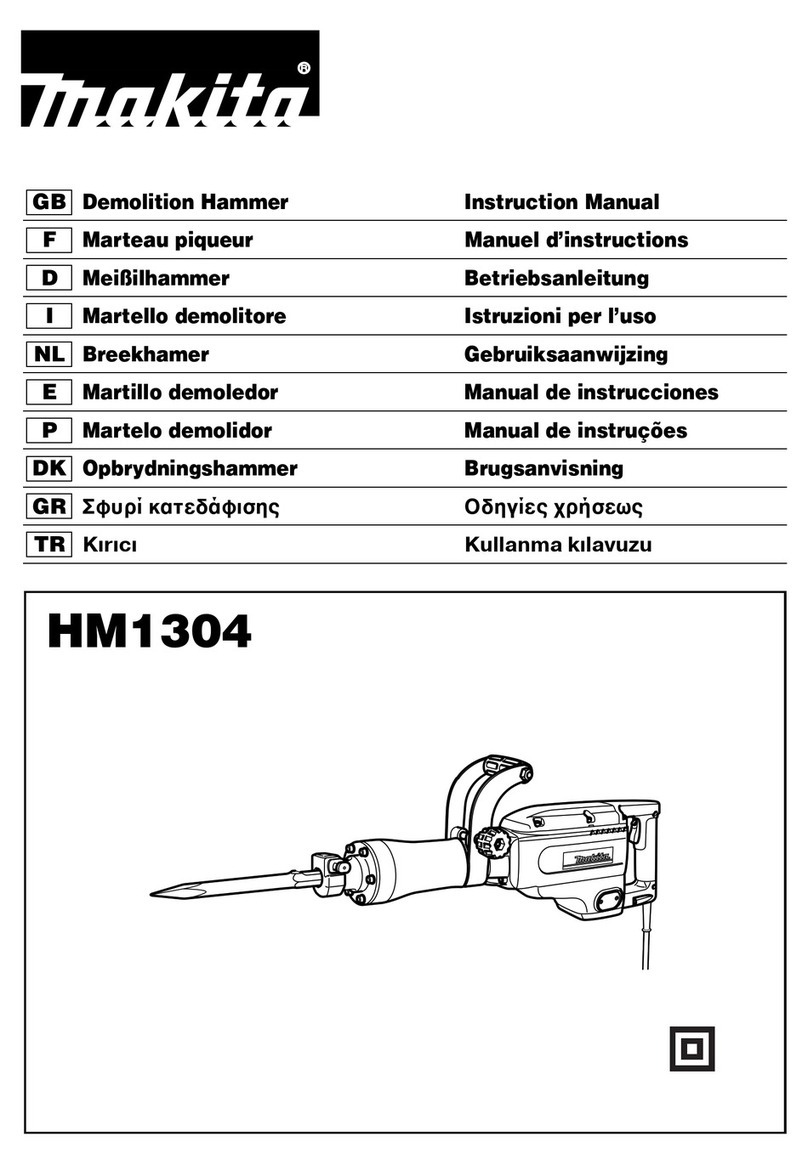Milwaukee HEAVY DUTY M12 BLROT User manual
Other Milwaukee Power Tools manuals

Milwaukee
Milwaukee M12 FID2 User manual
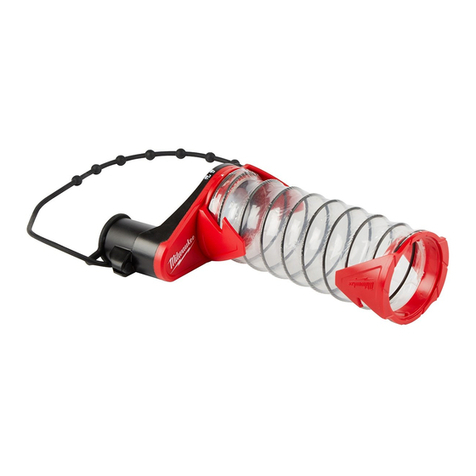
Milwaukee
Milwaukee SDS PLUS DUST TRAP User manual
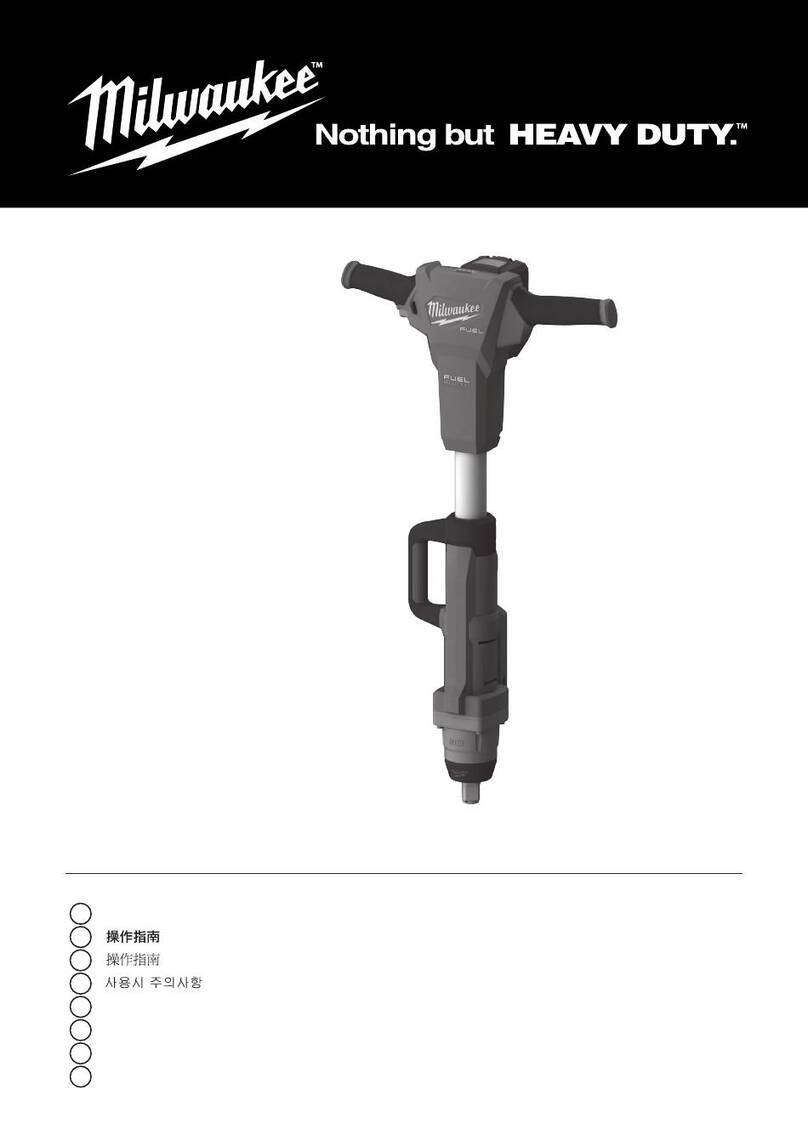
Milwaukee
Milwaukee HEAVY DUTY M18 FHIWF1R User manual

Milwaukee
Milwaukee 0566-1 User manual
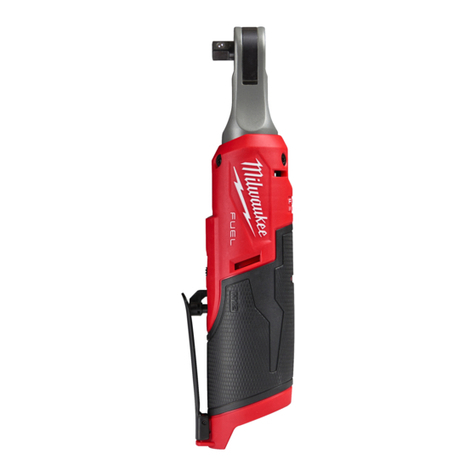
Milwaukee
Milwaukee M12 FUEL FHIR38 User manual
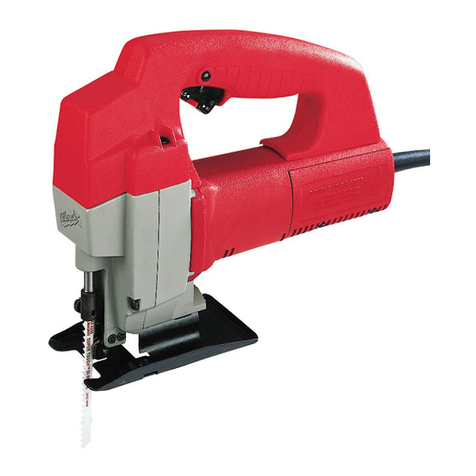
Milwaukee
Milwaukee 6256 User manual

Milwaukee
Milwaukee 2155-AC User manual
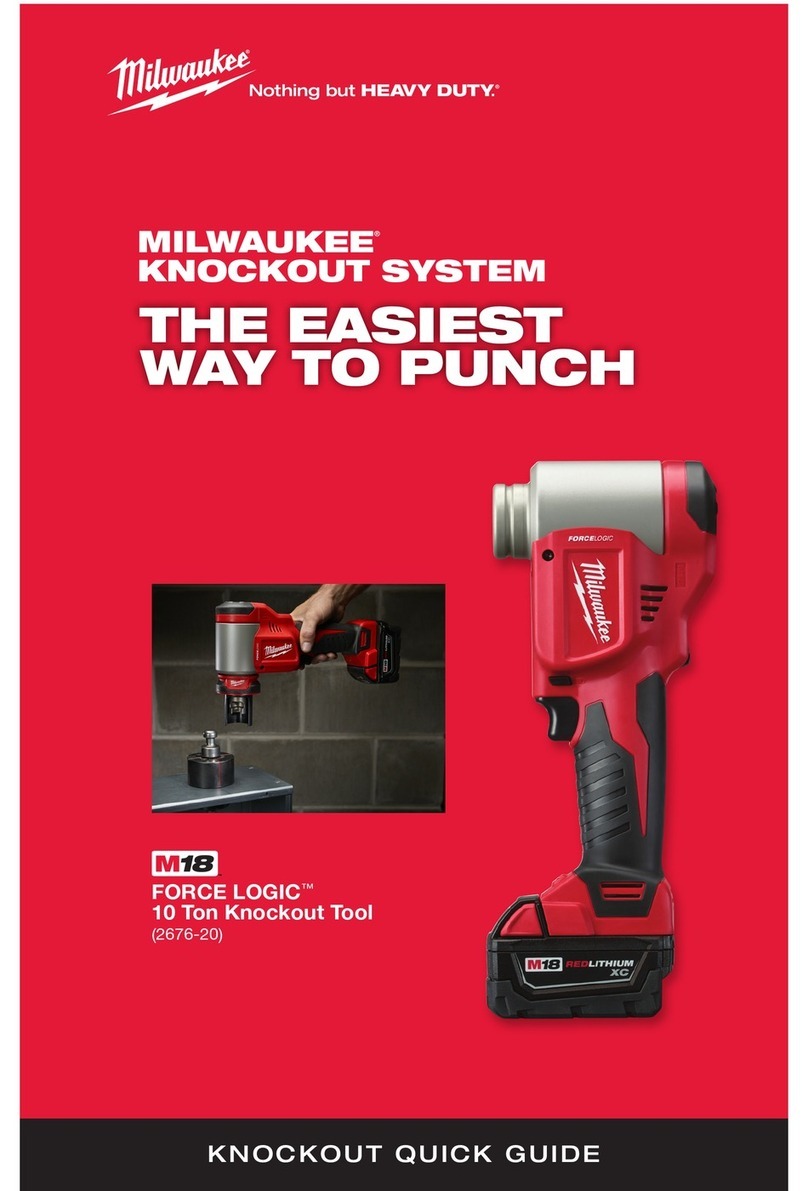
Milwaukee
Milwaukee M18 User manual

Milwaukee
Milwaukee 2843-20 User manual
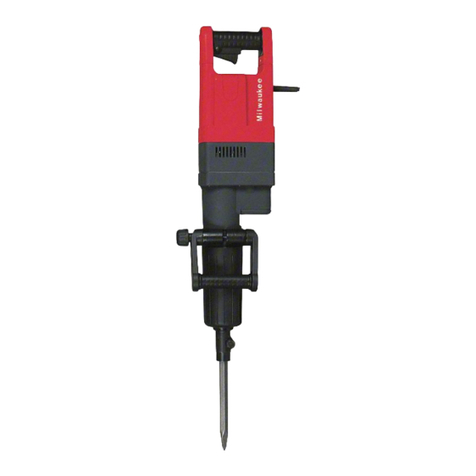
Milwaukee
Milwaukee 5335 User manual
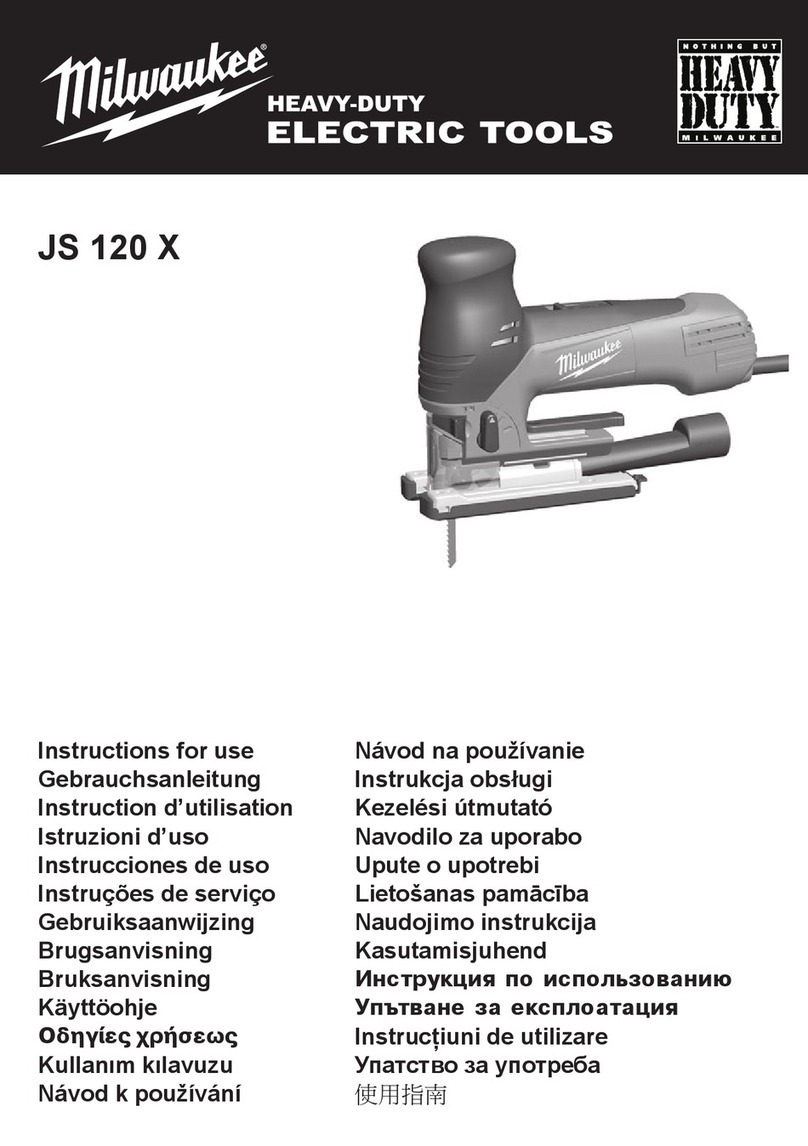
Milwaukee
Milwaukee JS 120 X User manual

Milwaukee
Milwaukee PCG 12 User manual

Milwaukee
Milwaukee M18 FUEL 2910-20 User manual

Milwaukee
Milwaukee M18 BI User manual

Milwaukee
Milwaukee M12 2525-20 User manual

Milwaukee
Milwaukee M12 BLPSH0 User manual
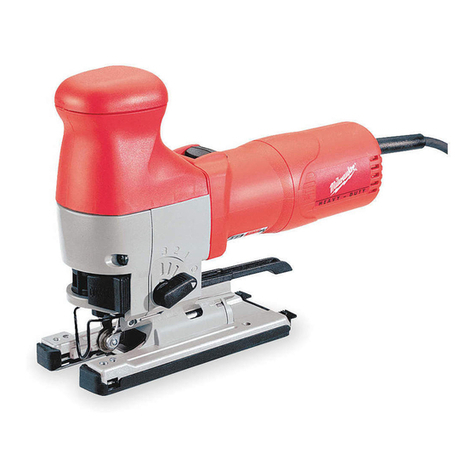
Milwaukee
Milwaukee 6276-21 Manual
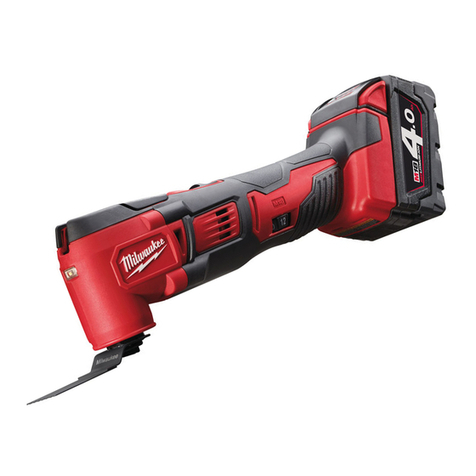
Milwaukee
Milwaukee M18 BMT User manual
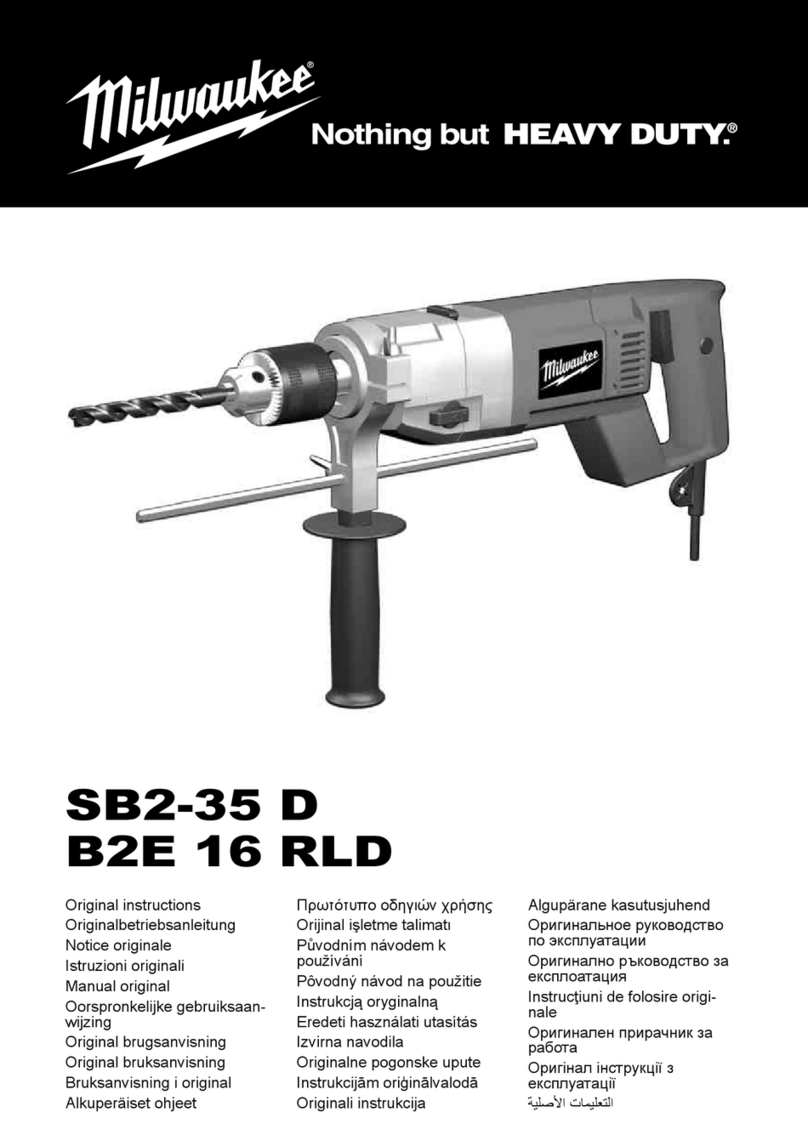
Milwaukee
Milwaukee HEAVY DUTY SB2-35 D User manual

Milwaukee
Milwaukee 2680-059 User manual
